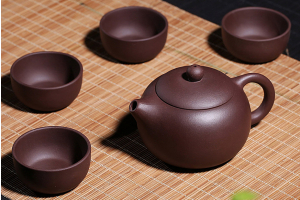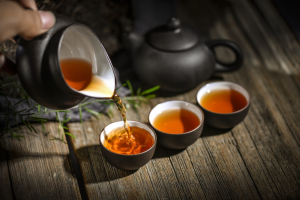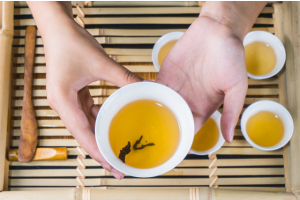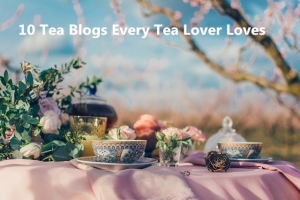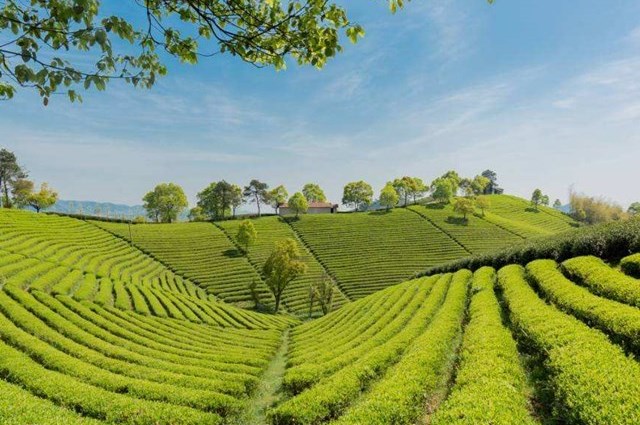
Anji white tea is known as Anji bai cha, produced in Anji County, which is located in the northern part of Zhejiang Province, where the mountains and rivers are beautiful and the green water flows long. It is a famous bamboo hometown in China.
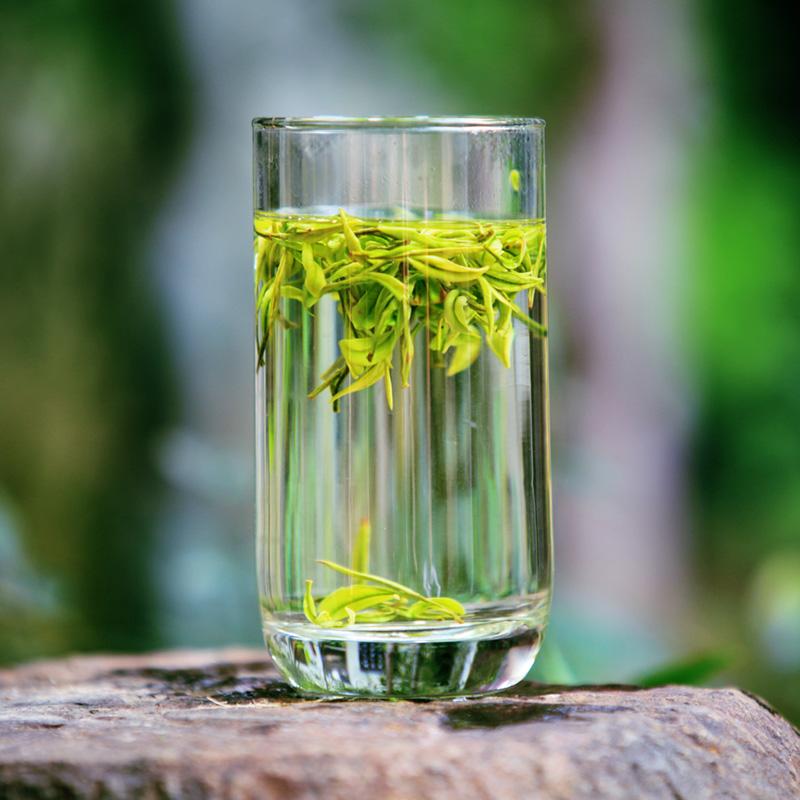
Is Anji white tea a type of white tea? Why is it called "white tea"?
Anji white tea is not white tea, but green tea. The “white” in Anji white tea only refers to the shape, and the processing technology refers to real green tea. Because the tea tree of Anji white tea is a variant of the tea tree, it is a "low temperature-sensitive" tea, and its threshold is about 23°C. Tea trees produce "white tea" for a short time, usually only about one month. Take Anji, Zhejiang, the place of origin, for example. In spring, due to the lack of chlorophyll, the buds that germinate before Qingming are white. Before Gu Yu, the color gradually faded, mostly jade white. From after the rain to the summer solstice, it gradually turns into white and green floral leaves. In summer, the buds and leaves return to full green, just like ordinary green tea. It is precisely because the magical Anji white tea is picked, processed, and made during a specific albino period, the bottom of the leaves of the tea after brewing will also show a jade white color, which is a unique characteristic of Anji white tea.
The shape of Anji white tea is straight and flat, like an orchid; the color is emerald green and the pekoe is exposed; the leaf buds are like gold inlaid with green sheaths and silver arrows inside, which are very pleasant. After brewing, the fragrance is high and lasting. The taste is fresh and refreshing, after drinking, the lips and teeth will remain fragrant, and the aftertaste will be sweet and fluid. The bottom of the leaf is bright and green, and the buds and leaves are distinguishable.
What are the characteristics of Anji white tea?
- High ammonia and low phenol are the biochemical basis of Anji white tea with high flavor and freshness.
Anji white tea is rich in 18 kinds of amino acids needed by the human body. Its amino acid content is 5-10.6%, which is 3-4 times higher than that of ordinary green tea. It has fewer polyphenols than other green teas, so Anji white tea has a particularly fresh taste without bitterness.
- Chlorophyll deficiency is a genetic variant of Anji white tea.
Due to the specific metabolic function of Anji white tea, it inhibits the synthesis of chlorophyll at low temperature and significantly increases the production of high amino acids. Among them, tea amino acids account for 60% of the total amount of amino acids. This tea amino acid is a characteristic component of tea. So far, except for white tea, no other animals and plants have been found. It can be seen that Anji white tea is a treasure among green tea. In winter in Anji, from minus 8 degrees Celsius to minus 10 degrees Celsius, the low-temperature process is maintained for more than 20 days, resulting in the lack of green pigment in Anji white tea.
What are the preservation methods of Anji white tea?
How should Anji white tea not be drunk in a short period of time be placed in order to maintain a better quality taste?
Preservation in tea cans: Tea leaves are stored in tea cans to prevent crushing. The tea should be sealed and packaged and kept away from objects with peculiar smells: because tea is very easy to absorb moisture and smell, it will affect the quality. The tea should be stored at low temperature and protected from light: because under high-temperature conditions, the chemical changes of the ingredients in the tea will accelerate, thereby accelerating the quality aging. The light causes a photochemical reaction of the connotative components of the tea, which makes the quality lose its original style. Keep the tea leaves at low temperature to avoid photochemical reactions of the ingredients in the tea, and at the same time slow down the chemical changes of the ingredients in the tea, so as to prolong the freshness of the tea.
Home storage method: After sealing and packaging Anji white tea (note: the moisture content of the tea should not exceed 6%, otherwise it will affect the quality preservation effect), put it in the refrigerator (the tea is stored separately), even if it is stored for one year, the tea can still be used The fragrance is as before and the color is as new.
How to brew Anji white tea?
In order to highlight the characteristics of Anji white tea, the recommended tea ratio is 2 grams per 100 ml of water. The water temperature is preferably 85-90℃, and the soaking time of each course is controlled within 1-2 minutes. It is best to use the soaking method: first use a small amount of water to moisturize the tea, shake the fragrance, smell the fragrance, and then inject enough water to brew and taste the tea. Anji White tea is best served in three courses.
What are the benefits of Anji white tea?
1.It can usually regulate the concentration of neurotransmitter substances in the brain to lower blood pressure in patients with hypertension: Anji white tea is rich in GABA, which can lower blood pressure, blood lipid, and blood glucose.
2.Improve learning ability and memory: Anji white tea contains trace elements of manganese, zinc, selenium, and tea polyphenols, which can enhance memory, protect nerve cells, and have great help to brain injury.
3.Function of reducing weight and protecting liver: Long-term drinking Anji white tea can make women slim, whiten and moisturize their skin, and make them healthy.

